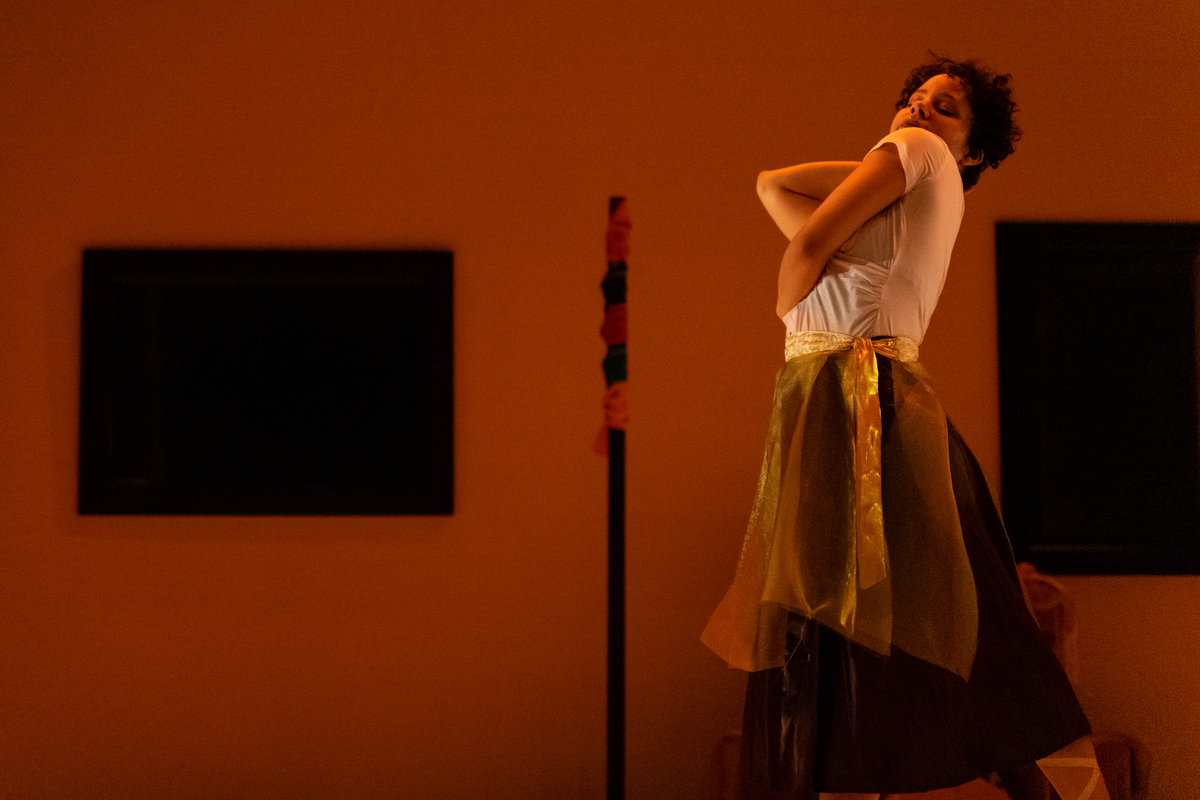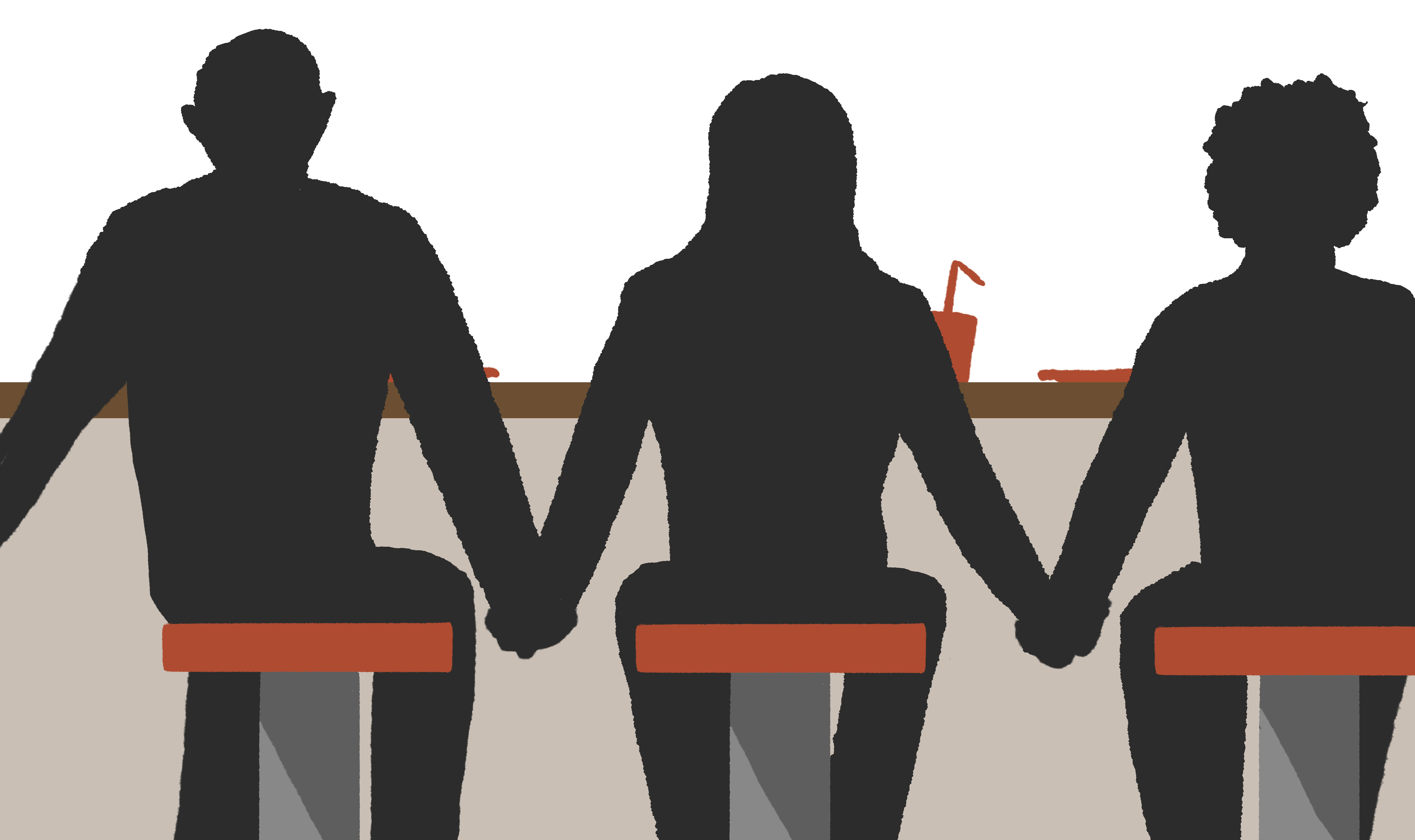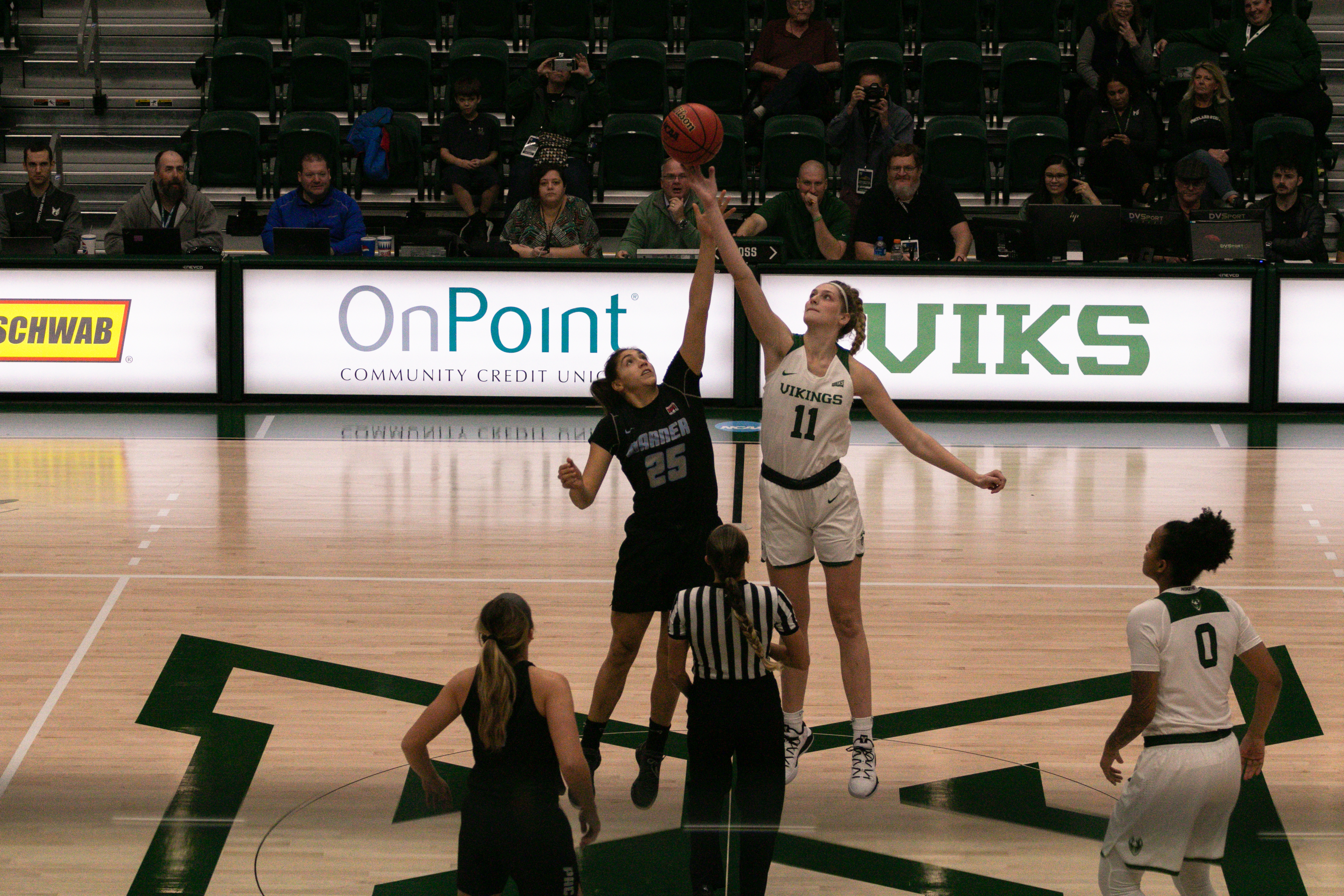After three hours of being stuck in the sub-basement of Smith Memorial Student Union, I’d had enough. Finally responding to an offer to be escorted to safety, I acknowledged that I’d been completely beaten down by the failure of SMSU’s elevators. Riding a freight elevator generally used for trash with a building maintenance team member, I was finally freed and went to another building to await my next class that was, by then, several hours later.
While campus staff was accommodating to some extent, I was still trapped in the first place. I had thoughts of a fire and what I’d do, and when I absolutely had to pee, I dragged myself up the stairs to the basement one floor above, at points using my cane to pull myself up the steps. I still managed to tweak my hip, a painful reminder of how physically taxing it can be to navigate a space without accessibility features.
This was not the first time this type of thing has been an issue for me either.
My first year of graduate school was at American University in Washington, D.C. There, one class was scheduled for a building that lacked any elevators or ramps at all. As my mobility worsened, it became clear that I would not be able to continue attending classes in this building. At the same time, classmates in a group project with me told my advisor that they worried about their grades since my fatigue made certain meetings impossible to attend. The result was the first class being moved to an accessible building and my finally dropping the second class.
I was simultaneously a burden and unworthy to attend classes at American. Nevermind that when my bodily tremors and gait became more pronounced, I was stopped by an undergrad who loudly asked me “What the fuck is wrong with you?” and that when attempting to order food at a campus cafe, having lost my voice by then, I was mocked by two people to my face who also insulted me for slowing the line.
So when I found myself again needing help, I felt guilty.
It should not be this way, and efforts by the Disability Resource Center at Portland State and the Academic and Student Resource Center at American, welcome as they have been for me and other disabled students, are futile against the built-in systemic inaccessibility in campuses all over the country. Allies and advocates are needed now more than ever.
What does accessibility look like?
In order to understand what accessibility should look like, the more important question is what a disabled person looks like. The answer to that latter question is easy: a disabled person looks like basically anyone. There is no single “disabled look,” and students who have accommodation needs often look indistinguishable from one’s idea of a normal person passing on the street. It’s not just those with mobility aids, those who talk using American Sign Language or people that require basic assistive technology such as oxygen tanks. It could be anyone.
Certainly I have an idea of what accessibility looks like to me, as my disabilities are related to mobility and speech, but what about those with chronic pain who need seating? Those with learning disabilities who need help taking a test on campus? The range of need among the disabled is broad, but at the same time, so many methods of incorporating accessibility into a campus environment are almost universally enriching.
Ramps and more efficient elevators can help move more people. Captioned classroom presentations and videos can help increase comprehension by not only the deaf and hard of hearing but all students. Safety measures can reduce the risk of injury throughout the student population.
The considerations that go into making a campus like PSU accessible are the very same that should go into making it an efficient, welcoming one.
At this point, the excuses for not creating an accessible, safe campus are few. With campus renovations following near-predictable cycles at this point, the refreshing and renewal of campus spaces and learning technology should by default include accessibility features. This includes ensuring safety and redundancy measures in infrastructure like elevators, incorporating ramps to campus spaces as often as practicable, and ensuring that student technology is acquired with thorough vetting from accessibility advocates and consultants.
It may seem to be a narrowly tuned effort when accessibility is considered on a large campus like PSU, but there is no reliable way to predict when or how someone will become disabled; the need for accessible spaces is universal. Furthermore, attracting top talent to PSU includes disabled talent, not as an afterthought, but as part of an inclusive vision for the future of this university. Passing over a potential scholar because they need an in-class interpreter or they utilize a screen reader for assignments is unnecessary and discriminatory.
For all these reasons and more, we should work to ensure an open, welcoming campus.
All disabilities, visible and invisible, should be considered when creating a campus like PSU. To fail to do so would be negligence and not in the spirit of PSU.






